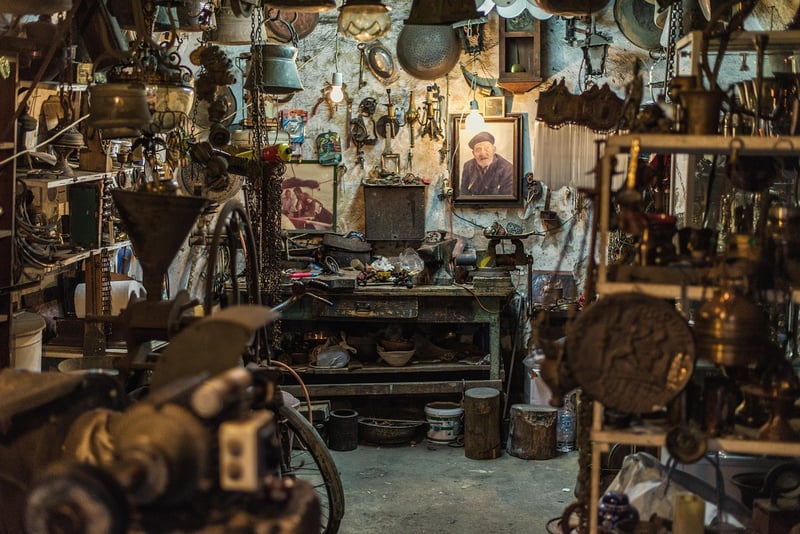Hip Hop
The Power of Expressive Movement in Hip Hop
Hip Hop is more than just a genre of music; it's a culture that encompasses various elements, including dance. One crucial aspect of hip hop dance is expressive movement, which allows dancers to convey emotions, tell stories, and showcase their individual style. Let's explore the significance of expressive movement within the realm of hip hop dance.
What is Expressive Movement?
Expressive movement in hip hop dance involves translating emotions and musicality into physical movements. It goes beyond just executing choreography; it's about adding a personal touch, creativity, and authenticity to each movement. Dancers use their bodies as instruments to express their feelings, experiences, and the rhythm of the music.
The Art of Freestyling
One of the most prominent ways expressive movement manifests in hip hop dance is through freestyling. Freestyle dancing allows dancers to improvise, experiment, and let their creativity flow without predetermined choreography. It's a raw and spontaneous form of expression that showcases the dancer's unique style and personality.
Embodying Emotions through Movement
Emotions play a significant role in hip hop music and dance. Expressive movement allows dancers to embody various emotions, from joy and passion to anger and vulnerability. Through movements like body isolations, gestures, and facial expressions, dancers can convey a wide range of feelings to the audience.
Storytelling through Dance
Another essential aspect of expressive movement in hip hop is storytelling. Dancers use their bodies to narrate stories, share experiences, and communicate powerful messages without uttering a single word. Each movement has the potential to captivate viewers and evoke emotions, creating a profound connection between the dancer and the audience.
Embracing Individuality and Style
Expressive movement allows dancers to embrace their individuality and showcase their unique style. While there are foundational hip hop moves, each dancer brings their flair, personality, and interpretation to the dance floor. This diversity and creativity contribute to the richness of hip hop culture.
Conclusion
In conclusion, expressive movement is a vital component of hip hop dance that enables dancers to express themselves authentically, tell stories, and connect with their audience on a deeper level. Through freestyling, embodying emotions, storytelling, and embracing individuality, dancers bring a dynamic and personal touch to their performances, making hip hop dance a powerful form of artistic expression.

Explore more about the fusion of expressive movement and hip hop here.
